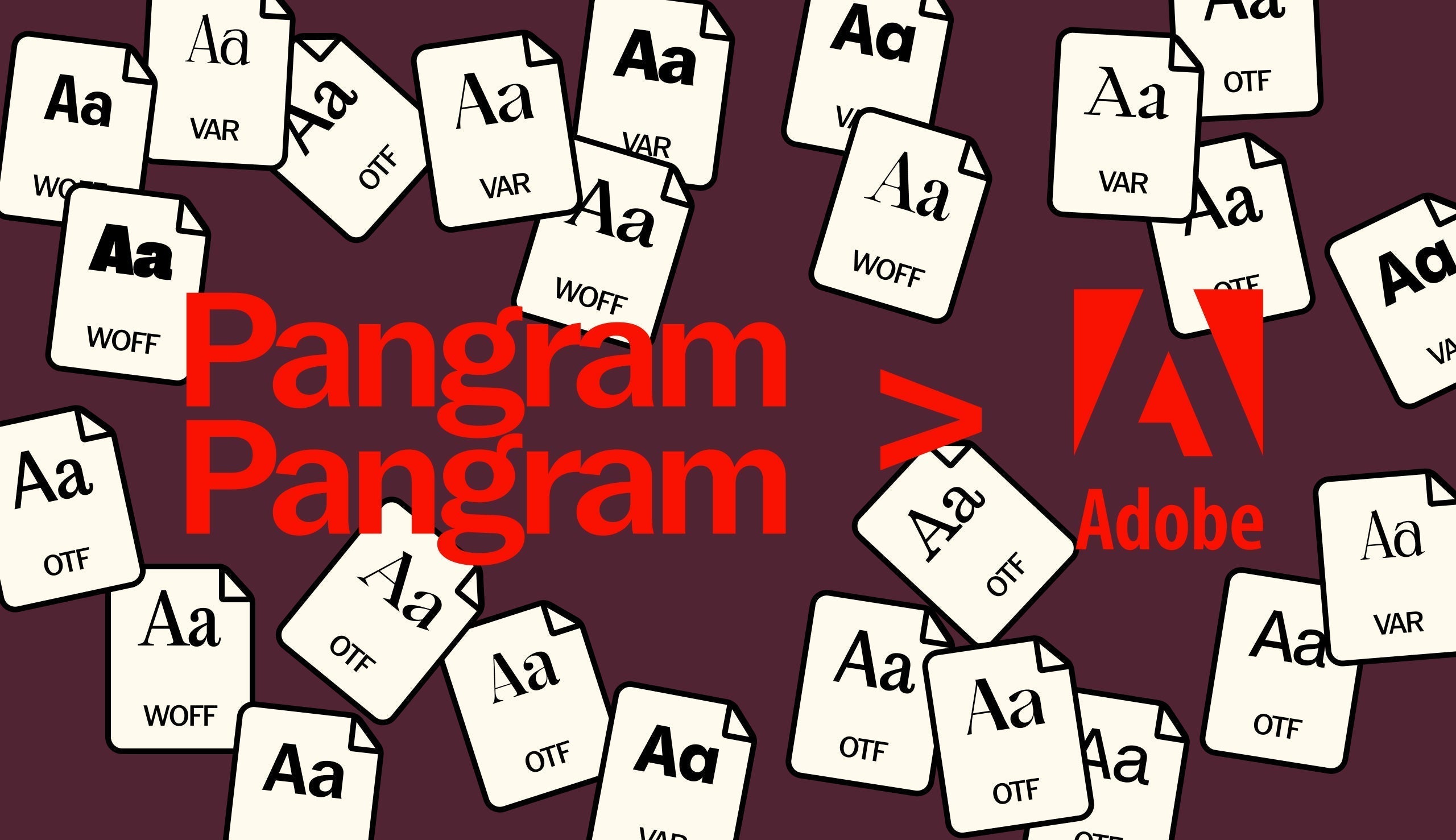The beginning of modern Japanese typography1 dates back to the end of the nineteenth century.
It may seem surprisingly late for the reader used to the Latin alphabet and aware that typography in Europe started as soon as the end of the fifteenth century. However, to understand the evolution of typography in Japan, one must avoid comparisons and consider the subject of their study for what it is; observing its specificities, rather than trying to bring it back to something familiar and comfortable.
Kanji, Hiragana and Katakana
The Japanese writing system is built in a complex way, combining three scripts which have very different shapes one from another. The sinograms, called kanji, are formed on a basis of strokes that are mainly orthogonal, with some diagonals and only a few curves. The hiragana originated in the handwriting of women at the imperial court, as women were writing literature pieces in cursive versions of the kanji. As the sinograms are made of many strokes, the difference between a sinogram and its cursive, written version can be huge. These shapes keep the flexibility and curvy aspect from their cursive origin. The katakana form another group, created from fragments of kanji, first used as shorthand, therefore they are straight and stiffer than the hiragana. The Japanese text is interwoven by these scripts that each have their own formal identity and play a different grammatical role in the Japanese sentence.

Wood and Metal
Due to the large number of signs necessary to Japanese text, metal typesetting technology was deemed impractical, and instead woodblock typography was favoured as a more appropriate alternative. This allowed each craftsman to engrave an entire page of text on a single plank of wood without casting thousands of individual metal pieces. This technique was used to print text for centuries in Japan. This context evolved at the end of the nineteenth century, with the tremendously fast growth of daily newspapers and the increasing demand for information in a time of intense political change. In these new conditions, making metal type became worth the investment. Thus, Motogi Shōzō2 began what would later become the first type foundry of Japan, launching the Tsukiji Type Foundry in 1873 following on from his initial type activities.3 Through the process of metal typography, the three groups composing the Japanese writing system that I described were forced to fit into square pieces of metal, which made their shapes evolve. This is especially true for the hiragana which had to give up some of their cursive freedom.
This typographic technique saw relatively little change in the following decades, even if new processes were introduced, such as the Benton pantograph or hot metal typesetting. These innovations helped speed up the production but were not a complete break away in terms of designing and typesetting characters.

Light
But a new technology was on its way to change the nature of the typographic material itself: phototypesetting, of which the first Japanese patent was filed by Morisawa Nobuo and Ishii Mokichi in 1924. Several generations of machines followed their prototype, with more and more automation and then electronics, the last generation being the link to the personal computer. In the phototypesetting process, text is not typeset with metal blocks, but by flashes of light. The signs are in a negative shape (white on black) on a glass panel, and the light coming through “prints” the sign on photosensitive paper.4
Morisawa and Ishii worked together on successive prototypes and machines, and ended up splitting into two different companies in 1955 which both became successful, Morisawa directing the Morisawa company, and Ishii the Shaken company. Phototypesetting started to supplant metal typesetting in Japan in the 1970s, and for the following 20 years this opened up an era of beautiful inventions and the renewal of typographic shapes in Japan.


Vectors
Following this, the first digital fonts appeared and slowly led to even more diversification of reading practices. First there were bitmap fonts, born at the end of the 1970s and used in wâpuro (Japanese word processors) or for electronic train signage in stations, and then arrived vector fonts, with some of them trying to meet the demand for typefaces that could be equally set vertically or horizontally. Indeed, nowadays, there are a lot of diverse ways to set a Japanese text and they change according to the medium: books and newspapers are set vertically (as it used to be already in the time of woodblock printing), internet pages are set horizontally, and magazines can be set in a mix of the two directions. That is why I love studying Japanese typography so much: it is a playful territory, in which shapes evolve according to the ambient technology, to new social habits, always renewing their identity in infinite variations.


Émilie Rigaud, of A is for fonts, is a type designer, researcher and lecturer, currently undertaking a PhD about the history of Japanese typography in the 20th century. Explore more of Émilie’s writing about Japanese typography here!
1 There have been attempts for setting type with mobile metal pieces in Japan before that, but the type was either imported from Europe or engraved one by one. What makes typography « modern » is the mass production from a mould, allowing all the produced pieces to be identical.
2 Also spelled Motoki Shōzō
3 See “Japanese typography : Motogi Shōzō”, Émilie Rigaud, https://aisforfonts.com/motogi-shozo
4 This technique was known as well in countries using the Latin alphabet, to cite but a few : the first prototypes of Arthur Dutton and Alfred E. Bawtree in England, and the French-American company Lumitype-Photon.








